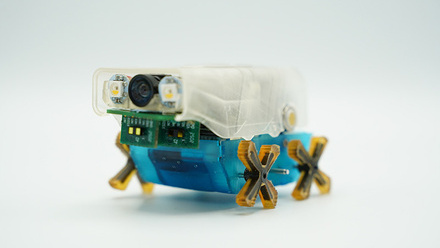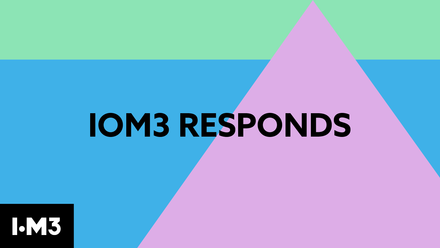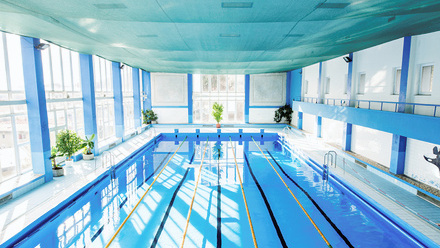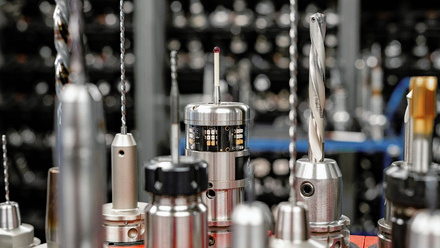Digital creativity and process innovation for beginners
Confronted with an onslaught of industry and economic discontinuities, businesses today are compelled to change the way they compete. Leaders face profound choices about which path to take to achieve some level of performance improvement. Regardless of the direction taken, process improvement and hence performance improvement involves thinking differently and doing differently, employing creativity and innovation.
Businessinsider claims that there’s a lot of confusion surrounding creativity and innovation. “Creative types,”, claim that creativity and innovation can’t be measured. Performance, however, demands measurement so that we can identify what success looks like. In a world that changes every two seconds, it’s imperative that companies figure out the difference between creativity and innovation.
The main difference between creativity and innovation appears to be the focus. Creativity is about unleashing the potential of the mind to conceive new ideas. Those concepts could manifest themselves in any number of ways, but most often, they become something we can see, hear, smell, touch, or taste. However, creative ideas can also be thought experiments within one person’s mind.
Innovation, on the other hand, is completely measurable. Innovation is about introducing change into relatively stable systems. It’s also concerned with the work required to make an idea viable. By identifying an unrecognized and unmet need, an organization can use innovation to apply its creative resources to design an appropriate solution and reap a return on its investment.
Organisations often chase creativity, but what they really need to pursue is innovation. Theodore Levitt explains, 'What is often lacking is not creativity in the idea-creating sense but innovation in the action-producing sense, i.e. putting ideas to work.' In other words, 'Creativity is thinking up new things. Innovation is doing new things.'
A formal understanding of how to innovate is only now emerging. Few organisations have it as their primary activity and without strategic emphasis and management drive, it’s hard to learn to be an innovator.
Process is not just a technical term. It is a simple way to define and organize the core activities that enable your organization to function
Reducing risk, aligning business goals with processes and a business-centred approach to designing your enterprise architecture are all pivotal to achieving performance improvements. From a manufacturing perspective, Business Process Management solutions, particularly those involving some form of automation or digitalisation can help your business capture, manage and monitor your key business processes.
Traditional approaches to automation often don't tie business goals to execution. The ability to develop, modify, and rescale solutions rapidly as well as being able to incorporate future forecast data directly into the control horizon is essential. An organisation needs to understand how to build agility into process models to scale control solutions from pilot plant to production scale or to optimise limited campaign runs of speciality products. The ability for control systems on separate processes or systems to cooperate towards a common objective can enable the optimisation of complete supply chains delivering increased efficiencies and reduced waste.
Measurement and control systems employ sensors to measure physical parameters and electronics, driven by software, to convert the parameters into a digital form. This process is often referred to as the Industrial Internet of Things (IIoT). The raw data is then communicated to a computer system to process this data. The system seeks to address this opportunity by creating highly adaptive, agile, and automated cyber-physical devices (analogous to turning your heating on at home with your smart phone) and systems which align with Industry 4.0 initiatives for connectivity, open standards, and digitalisation.
The hardware interoperability and open standards that derive from widespread deployment of cyber-physical sensors, Industrial Internet of Things (IIoT) and Industry 4.0 will lower barriers to entry and enable innovation to thrive in the hardware, software, and services marketplace, expanding the overall market for process control and automation solutions.
Through creativity and innovation in digitalised systems, the use of cyber-physical devices and a move towards Industry 4.0 standards will start addressing the UK's industrial digital skills gap which in turn will help shape Factories of the Future. Industry 4.0 is certainly a prerequisite for an environmentally sustainable UK manufacturing base with efficient use of resources and minimisation of waste. According to the World Economic Forum, IIoT will grow beyond a £0.8 trillion opportunity for society and industry by 2025 and could boost the UK economy by £352 billion by 2030 (Accenture). However, currently, 'the UK is not capitalising on its digital sector by applying these technologies in an industrial setting" (Made Smarter Review 2017).
Digitisation and the use of autonomous devices to improve our process performance will not calm the onslaught of industry and economic discontinuities. It will probably not reduce the complexity of decision making, however if creativity in the selection of digital innovation is correctly and appropriately applied, then significant improvements in process and performance will be achieved.
Bryan Allcock, IOM3 Strategic Advisor.







